Table of Contents: Egypt Today
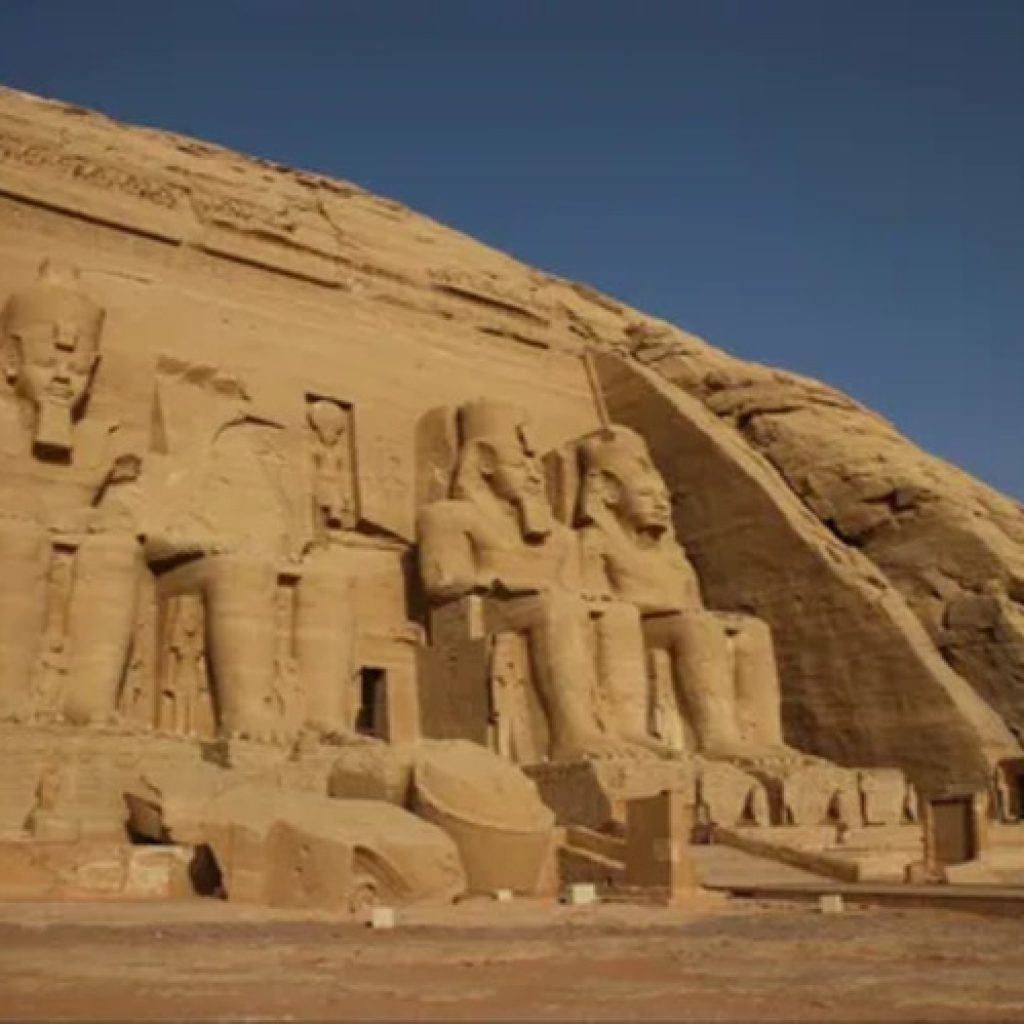
- Introduction:
- The Historical of Egypt Today
- Egypt’s Iconic Pyramids
- The Mystical Temples of Egypt
- Navigating the Nile
- The Valley of the Kings
- The Enigmatic Sphinx
- Egypt’s Cultural Heritage
- Rediscovering Alexandria
- Charms of Luxor
- The Timeless Appeal of Egypt Today
- FAQ
Introduction: Egypt Today
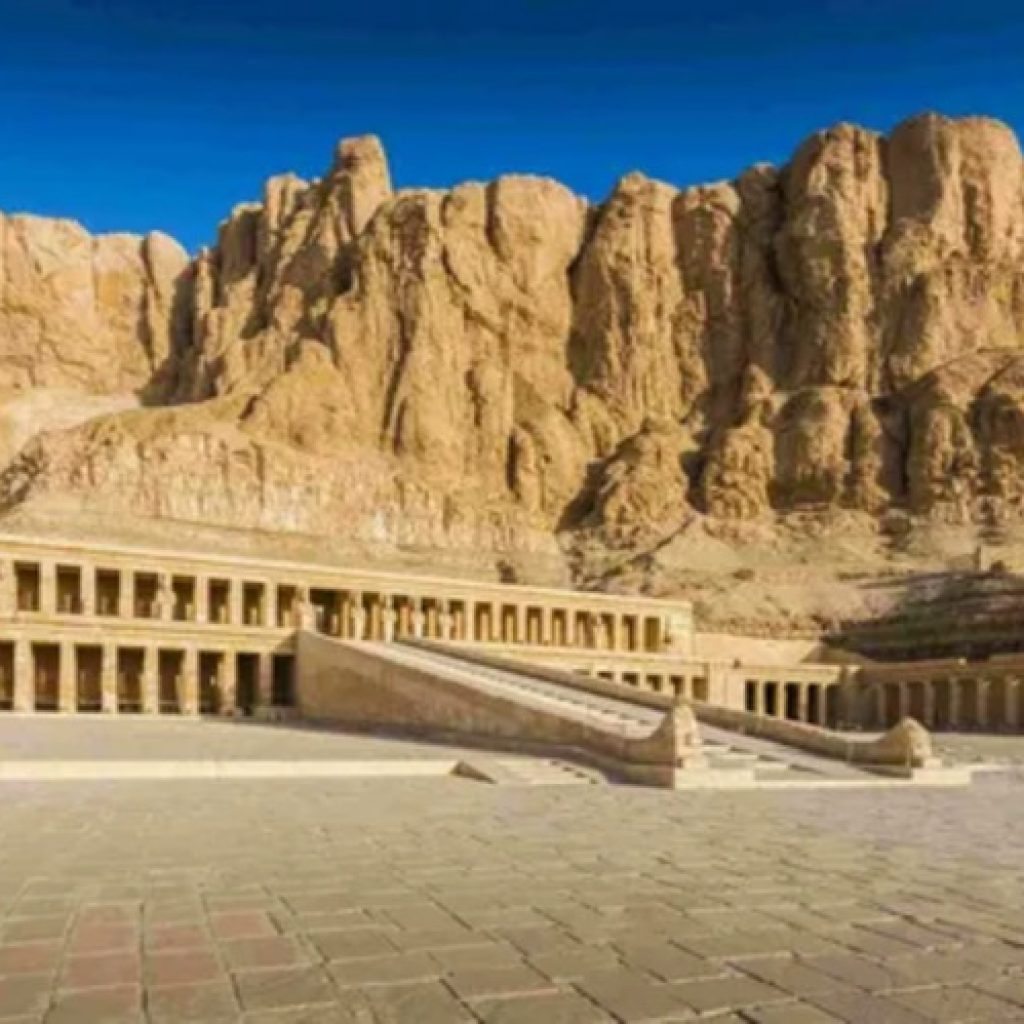
We’re on the Nile, exploring the historic and cultural wonders of Egypt. Egypt, while not in Europe, contributed to the foundation of Western civilization. It’s a crossroads where east meets west, north meets south, and where ancient meets modern.
As we’ll see, it’s a long story, and it continues to unfold. In Cairo, after admiring one of the great sights of the ancient world.
- The Historical of Egypt Today:
Cairo, straddling the Nile, is the biggest city in North Africa and the biggest in the Middle East. It’s the capital of Egypt and one of the leading cities in Islam. With about 20 million people in greater Cairo, it’s bursting at the seams and pulsing with energy. Cairo’s downtown is modern and can feel European.

- Egypt’s Iconic Pyramids
Towering before us are the tombs of three great kings, or “pharaohs.” These monuments were built to mark and protect the bodies of fabulously wealthy and powerful pharaohs. They spent a good part of their lives and their kingdom’s wealth building huge pyramids, which served as lockers for whatever they wanted to take into the afterlife — their bodies, their treasures, and even their favourite pets.

- The Mystical Temples of Egypt
Egypt’s temples were not places of public worship, but sites of sacred mysteries, where priests and pharaohs huddled privately with the gods. Reliefs show pharaohs wooing the gods with rituals and offerings. While the temple may have been dedicated to the gods, it seems all the statues celebrate the great pharaoh, Ramses II.

- Navigating the Nile
Luxor’s a busy port for river cruise boats.
We’re riding one farther upstream for a look at the most scenic stretch of the Nile. As if on a floating resort hotel, tourists enjoy the deck, with its pool and the views from their perch atop three floors of staterooms. The trip upriver takes you by natural beauty and seemingly ancient scenes interrupted only by modern cruise boats.
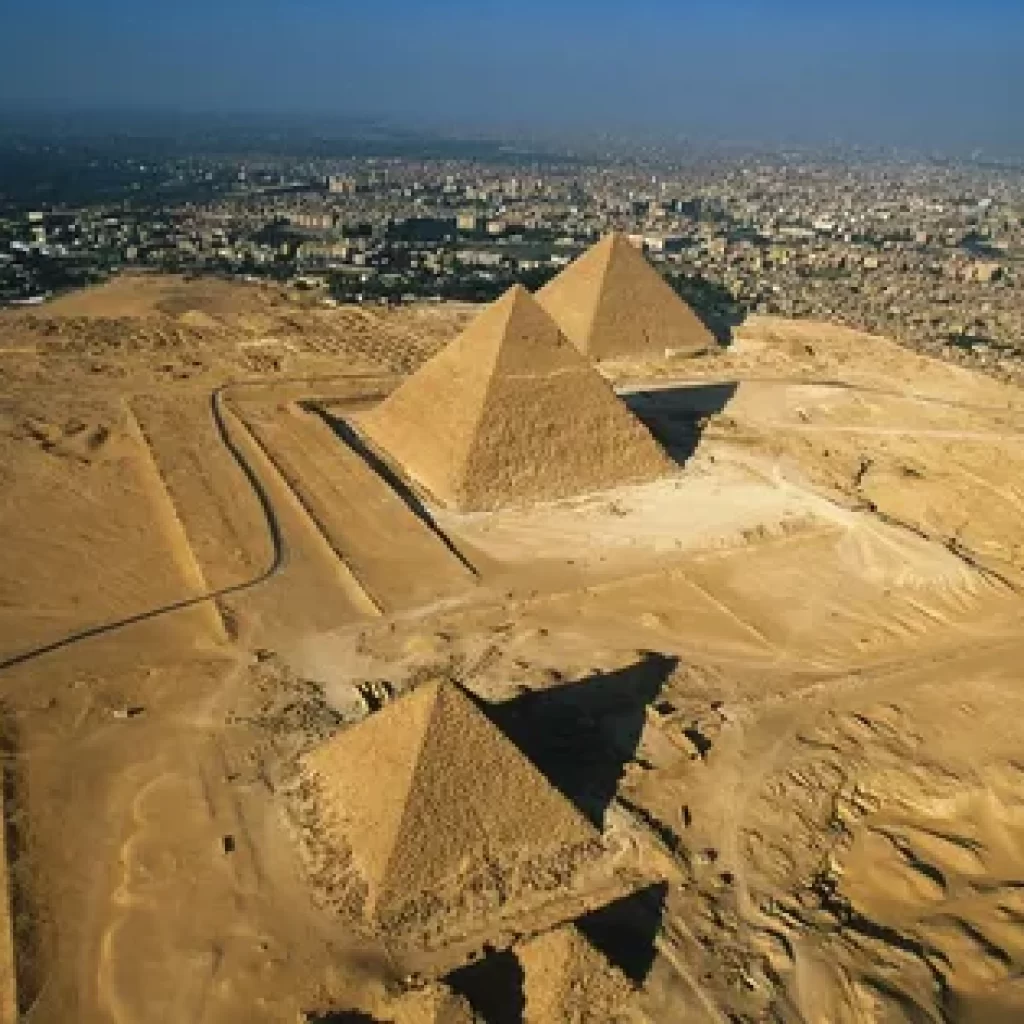
- The Valley of the Kings:
Tourists can still clearly see Egypt’s ancient elaborate spiritual world. The most famous tomb in the valley is of King Tutankhamun, a.k.a. King Tut. Another long passage leads deep into a chamber where you find more well-preserved paintings surrounding an empty stone sarcophagus. It was one of eight nesting boxes and coffins that protected the pharaoh’s body.

- The Enigmatic Sphinx
Unravel the enigma of the Sphinx, a mythical creature with the head of a human and the body of a lion. Learn about its symbolic significance and the legends that surround it.
- Egypt’s Cultural Heritage
The Nile still flows as it did for the pharaohs — the lifeblood of civilization then, as today. Luxor’s riverfront is busy with boats, big and small. The traditional felucca, long a hard-working cargo boat, now hauls actioning tourists.
- Rediscovering Alexandria
we’re heading north, down the Nile to Egypt’s second city, which lies on the Mediterranean coast. Alexandria is one of the great cities of the Mediterranean. It was Egypt’s capital for almost 1,000 years until the Muslims came in the 7th century. Not as big as Cairo, it faces the Mediterranean, has milder weather, and feels a bit more European.
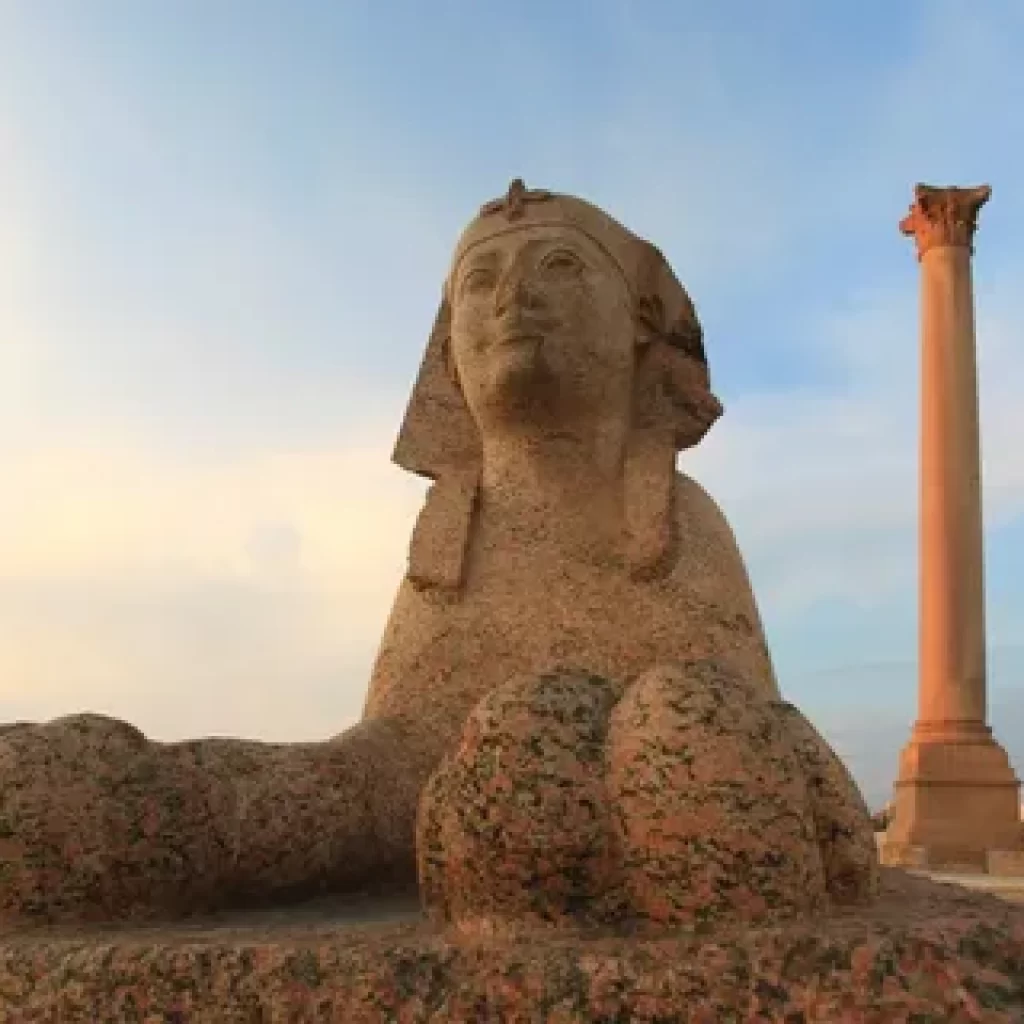
- Charms of Luxor
Luxor, straddling the Nile, was for many centuries the capital of ancient Egypt.
It’s famed for its tombs and temples, which were mostly built between 1500 and 1000 BC. These were the glory days of the pharaohs. From their palaces here, they proudly ruled a united kingdom, Upper and Lower Egypt together. Luxor is a standard stop on the tourists’ itinerary. While a city of about half a million people today, Luxor feels like a tourist town with its riverfront hotels, shops, and ancient temples gathered along the Nile.
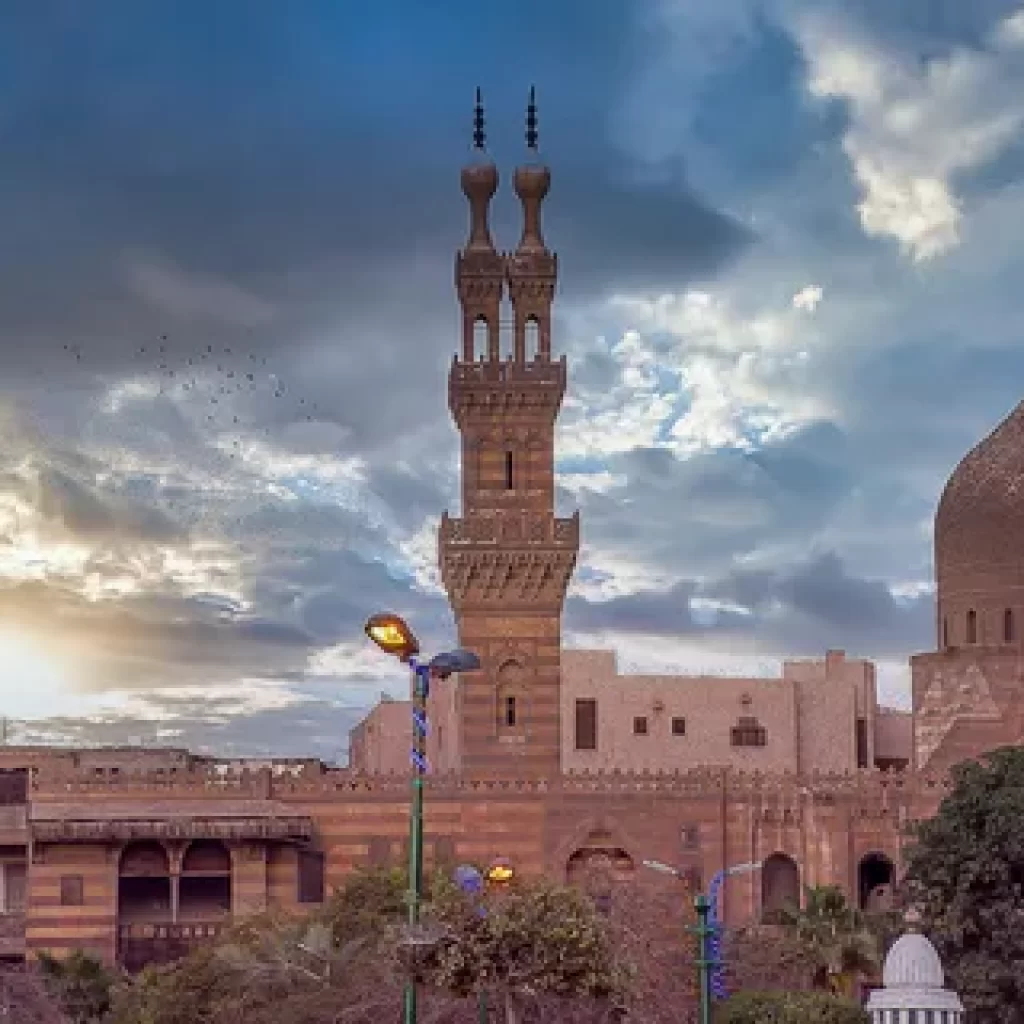
- The Timeless Appeal of Egypt Today
Here, where the desert meets the Nile, the lush ribbon of green is a reminder of how fundamental this river is to all life in Egypt. As the sun sets, palms become silhouettes, ensuring memories created are never forgotten. Across the Nile from Luxor are hills rich with some of Egypt’s most important ancient sights.
FAQ: Egypt Today
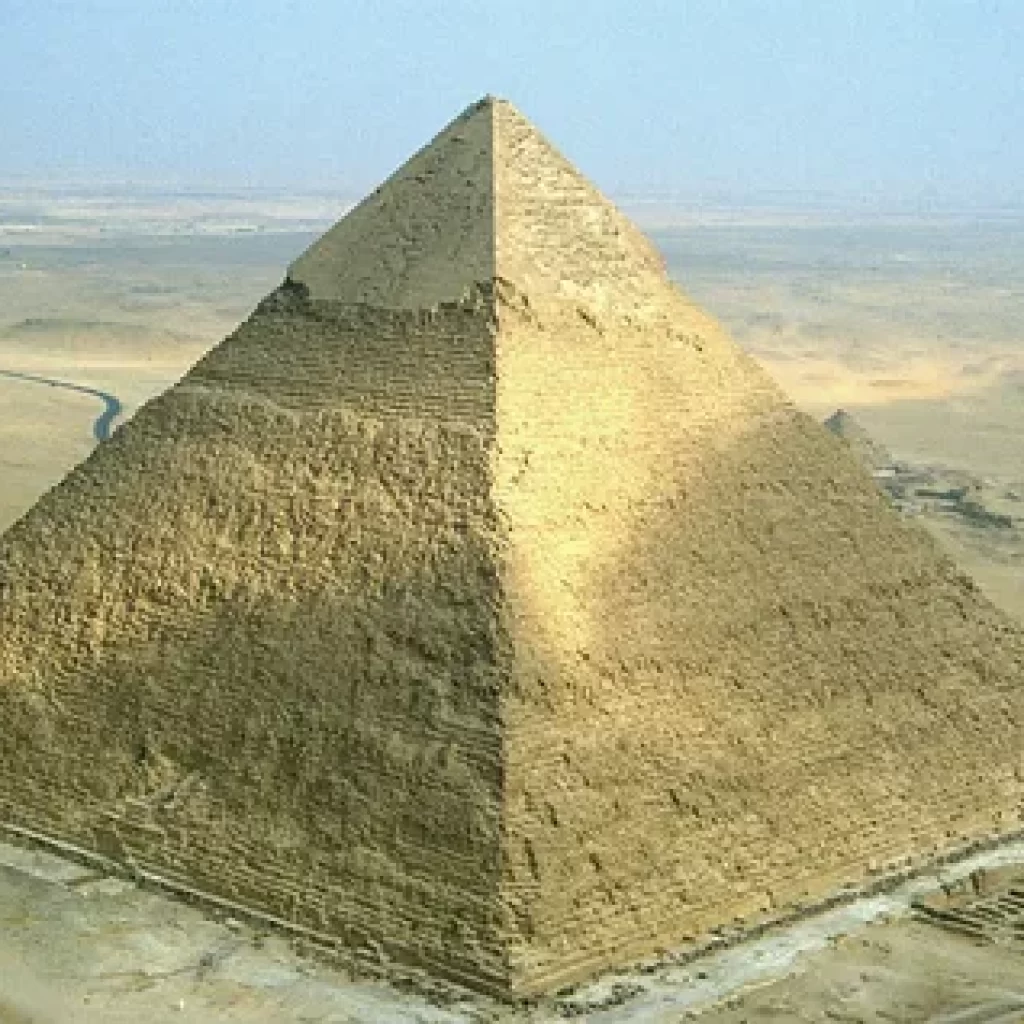
1. What are the must-visit attractions in Egypt Today?
Egypt offers a plethora of must-visit attractions. The iconic Pyramids of Giza, including the Great Pyramid of Khufu, the Sphinx, and the Pyramid of Khafre, are undoubtedly at the top of the list. Other must-see sites include the temples of Luxor and Karnak, the Valley of the Kings in Luxor, the Abu Simbel temples, the Egyptian Museum in Cairo, and the historic city of Alexandria.
2. How long does it take to explore the major historical sites in Egypt?
The time required to explore Egypt’s major historical sites depends on the depth of exploration and personal preferences. A comprehensive visit to the major sites, including Cairo, Luxor, Aswan, and Alexandria, typically takes around 10 to 14 days. However, shorter trips focusing on specific regions or attractions can be planned as well.
3. Is it safe to travel to Egypt Today?
Egypt has taken significant measures to enhance security for tourists, and the country remains a popular travel destination. While no place can guarantee absolute safety, tourist areas and major historical sites are generally considered safe. It is advisable to stay updated on travel advisories from your home country and follow the guidance of local authorities and tour operators during your visit.
4. Are there any restrictions on photography in Egypt’s ancient sites?
Photography is generally allowed in Egypt’s ancient sites, but there might be specific restrictions in certain areas or museums, such as no flash photography or the prohibition of tripods. It is always recommended to check with the site authorities or your tour guide regarding any specific guidelines or restrictions before taking photographs.
5. Can I go inside the pyramids?
Yes, visitors are allowed to enter some of the pyramids in Egypt. The Great Pyramid of Khufu, for example, has an interior chamber that can be explored. However, access to the interior of the pyramids is usually restricted to certain areas, and additional entry tickets may be required. It’s important to note that the interiors of the pyramids can be narrow and require climbing, so it’s advisable to check the accessibility and physical requirements beforehand.
6. What is the best time of year to visit Egypt Today?
Egypt is a year-round destination, but the best time to visit depends on personal preferences and the specific regions you plan to explore. The spring (March to May) and autumn (September to November) seasons generally offer pleasant temperatures and lower tourist crowds. The winter months (December to February) are also popular for visits, particularly in southern Egypt, as the weather is cooler. However, if you prefer warmer weather, the summer months (June to August) can be hot, especially in southern Egypt.
7. Are there any local customs or traditions I should be aware of when visiting Egypt?
When visiting Egypt, it’s important to respect the local customs and traditions. Dress modestly, particularly in religious sites, and consider covering your shoulders and knees. It’s also customary to remove your shoes before entering mosques or homes. When interacting with locals, it’s polite to greet them with “As-salamu alaykum” (peace be upon you) and use common courtesy. Additionally, it’s advisable to ask for permission before taking photographs of individuals, especially in more conservative areas.
Conclusion: Egypt Today
Egypt Today stands as a testament to the enduring legacy of one of the world’s greatest civilizations. From the magnificent pyramids to the mystical temples and the cultural richness that pervades the country, Egypt offers a truly unparalleled travel experience. Whether you are a history enthusiast, an adventure seeker, or a lover of vibrant cultures, Egypt Today promises an unforgettable journey through time.





Comment (0)